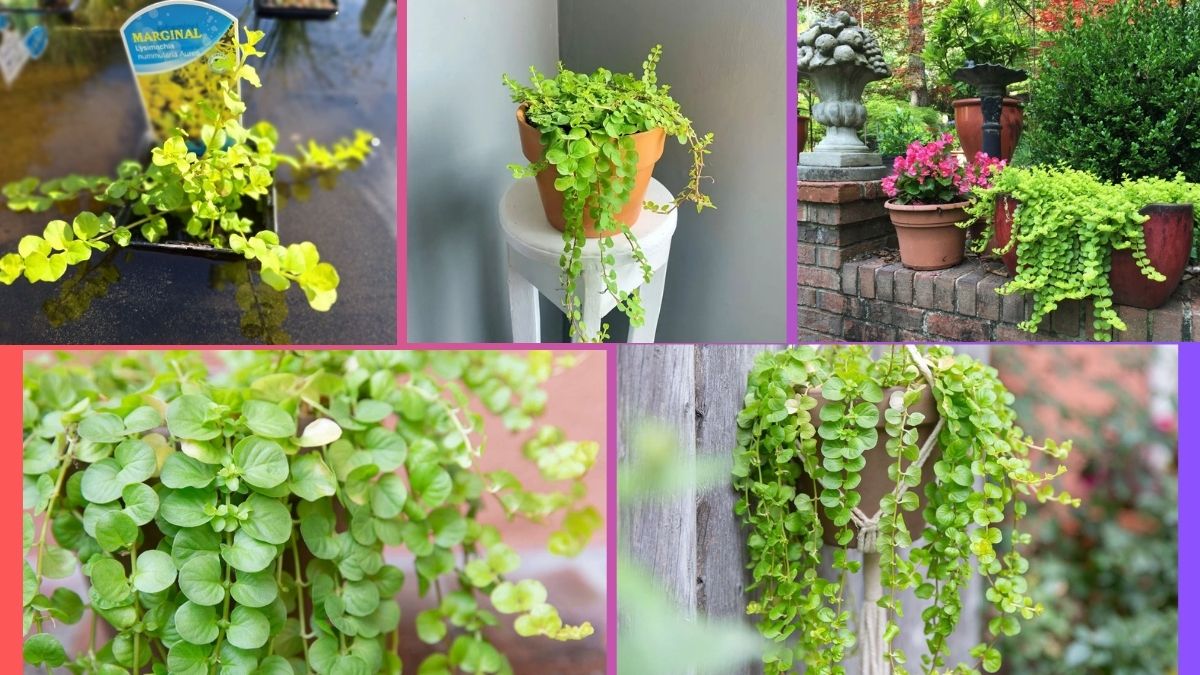Creeping Jenny (Lysimachia nummularia) is a fast-growing, low-growing perennial ground cover admired for its bright chartreuse to golden foliage and trailing habit. Known for its versatility, this hardy plant can be used in garden borders, hanging baskets, containers, and as ground cover in both sunny and shaded spots. While Creeping Jenny is a resilient and vigorous plant, its health and appearance heavily rely on consistent and appropriate watering practices.
Improper watering — either too much or too little — can quickly affect the vibrancy of its foliage and overall growth. In this detailed guide, we’ll discuss how often you should water Creeping Jenny, what factors influence its water needs, signs of overwatering and underwatering, and best care practices to keep this lush, cascading beauty thriving in your garden or home.
Understanding the Natural Habitat of Creeping Jenny
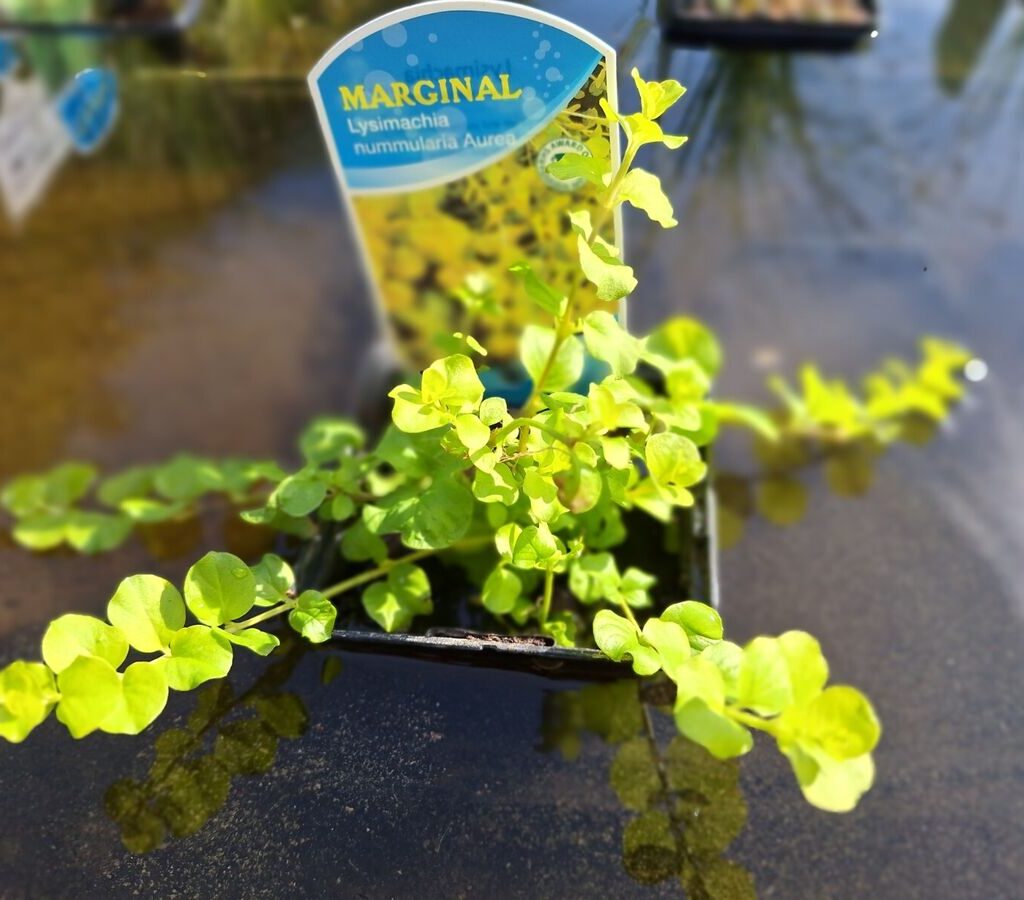
Creeping Jenny is native to Europe and Western Asia, naturally growing in:
- Moist, boggy areas
- Along riverbanks and streams
- Woodland clearings and damp meadows
This background tells us a lot about its water preferences — Creeping Jenny thrives in consistently moist, but not soggy, soil. Replicating these conditions in your garden or container setups is key to maintaining its lush appearance and vigorous growth.
How Often Should You Water a Creeping Jenny?
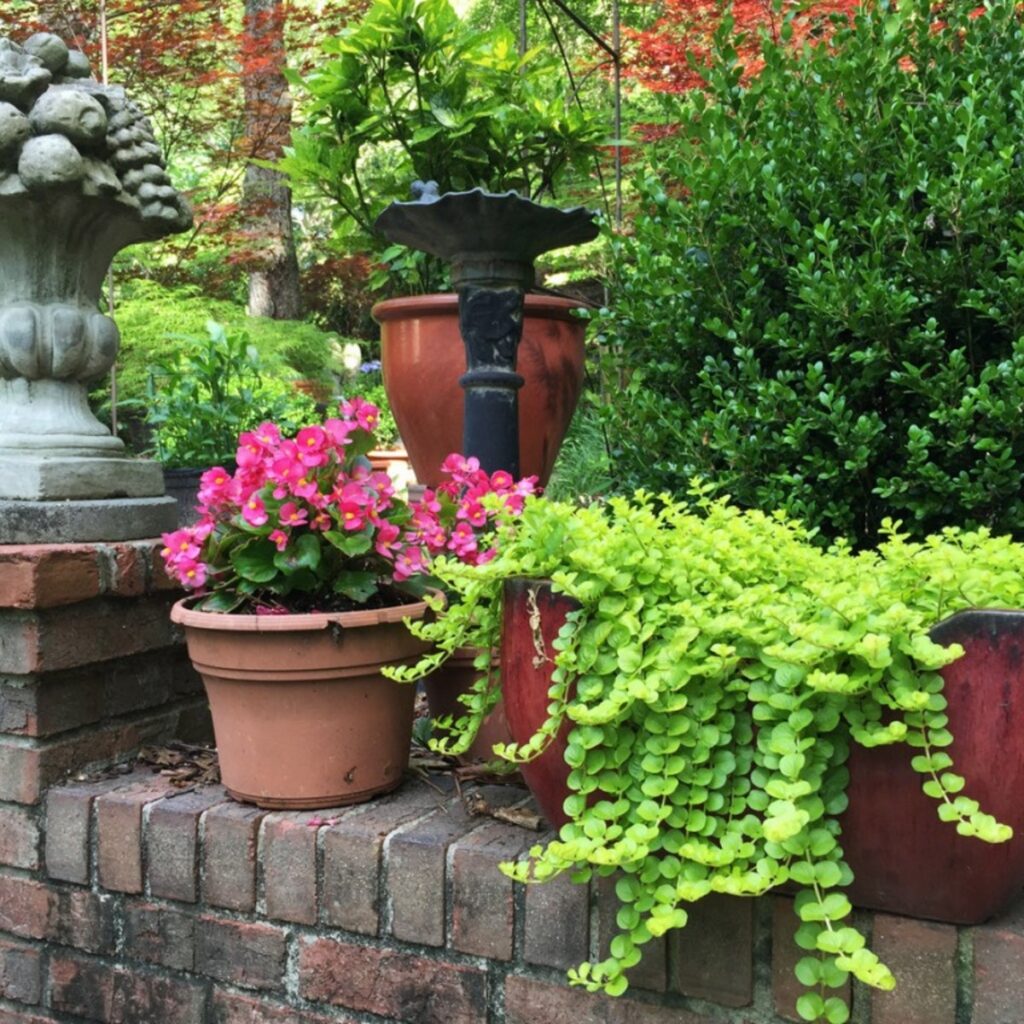
1. General Watering Schedule
As a general rule:
- Water Creeping Jenny every 2–3 days in hot, dry weather during spring and summer.
- During cooler months (fall and winter), reduce watering to once every 5–7 days or as needed.
In shaded areas or during rainy periods, the watering frequency may decrease, while plants in sunny spots and containers will need more frequent hydration.
Key Rule:
Keep the soil consistently moist, but avoid prolonged sogginess.
Creeping Jenny is more tolerant of excess water than drought, but it’s important to strike a balance to avoid waterlogging, especially in containers.
Factors That Influence Watering Frequency
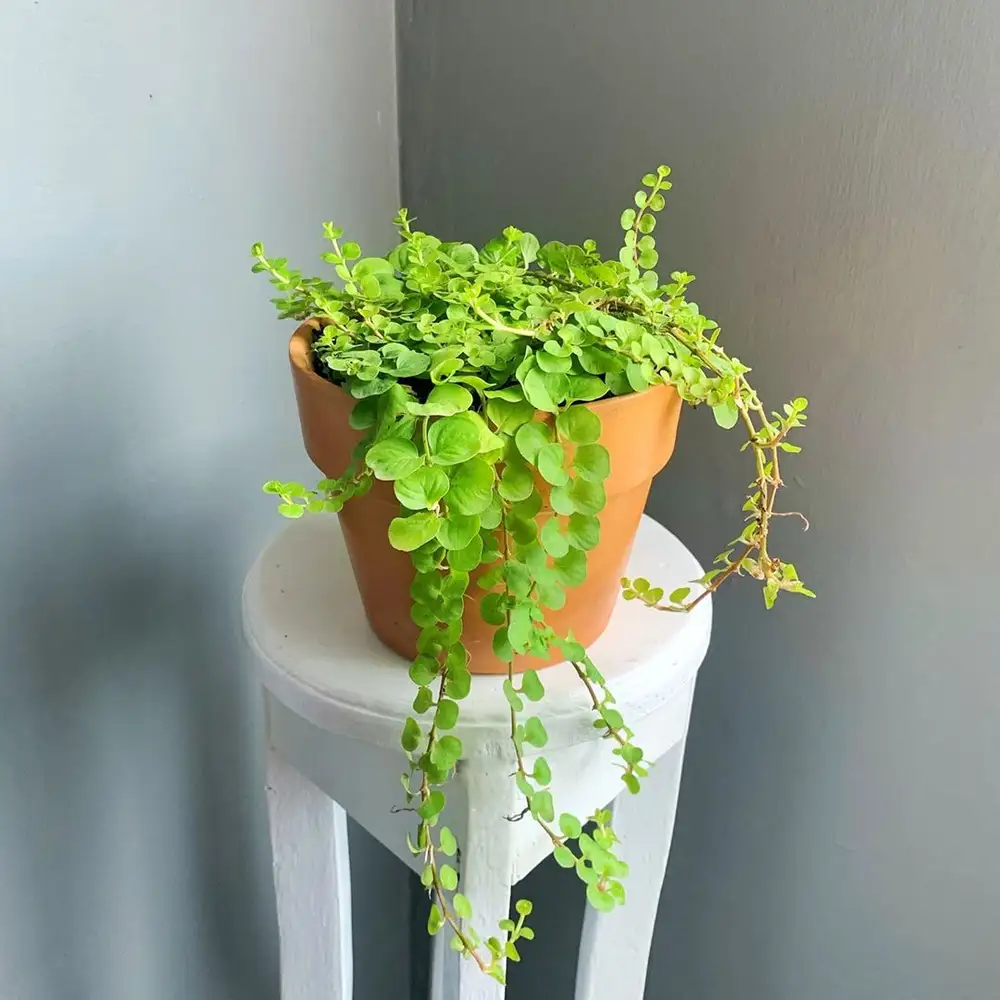
Several environmental and cultural factors influence how often you should water Creeping Jenny:
1. Temperature and Season
- In warm, sunny weather (above 26°C/79°F), water evaporates quickly and plants transpire more, requiring frequent watering.
- During cooler seasons (below 18°C/64°F), plant growth slows and water needs decrease.
Tip: Increase watering in heatwaves and reduce during cool, damp conditions.
2. Humidity
Creeping Jenny loves moderate to high humidity (50–70%):
- In low-humidity areas or during dry spells, soil dries out faster.
- In naturally humid climates, soil stays moist longer.
Tip: Mist container-grown Creeping Jenny occasionally in dry indoor or outdoor environments.
3. Light Exposure
- Full sun exposure increases evaporation, requiring more frequent watering.
- Partial or full shade reduces water loss, allowing the soil to stay moist longer.
Tip: Monitor soil moisture more closely in sunny locations, especially for container-grown plants.
4. Soil Type and Drainage
Creeping Jenny prefers rich, well-draining, and moisture-retentive soil. Ideal soils include:
- Loamy or sandy-loam mixes with added organic compost
- Peat moss or coco coir to retain moisture
- Perlite or coarse sand to improve drainage
Tip: Avoid heavy, compacted soils that hold excessive water, as this can lead to root rot.
5. Container vs. Ground Planting
- In containers: Soil dries out faster, requiring watering every 1–2 days during hot weather.
- In garden beds: Moisture retention is better, needing water every 2–3 days depending on conditions.
Tip: Use mulch around garden-grown Creeping Jenny to help maintain consistent soil moisture.
How to Check Soil Moisture Before Watering
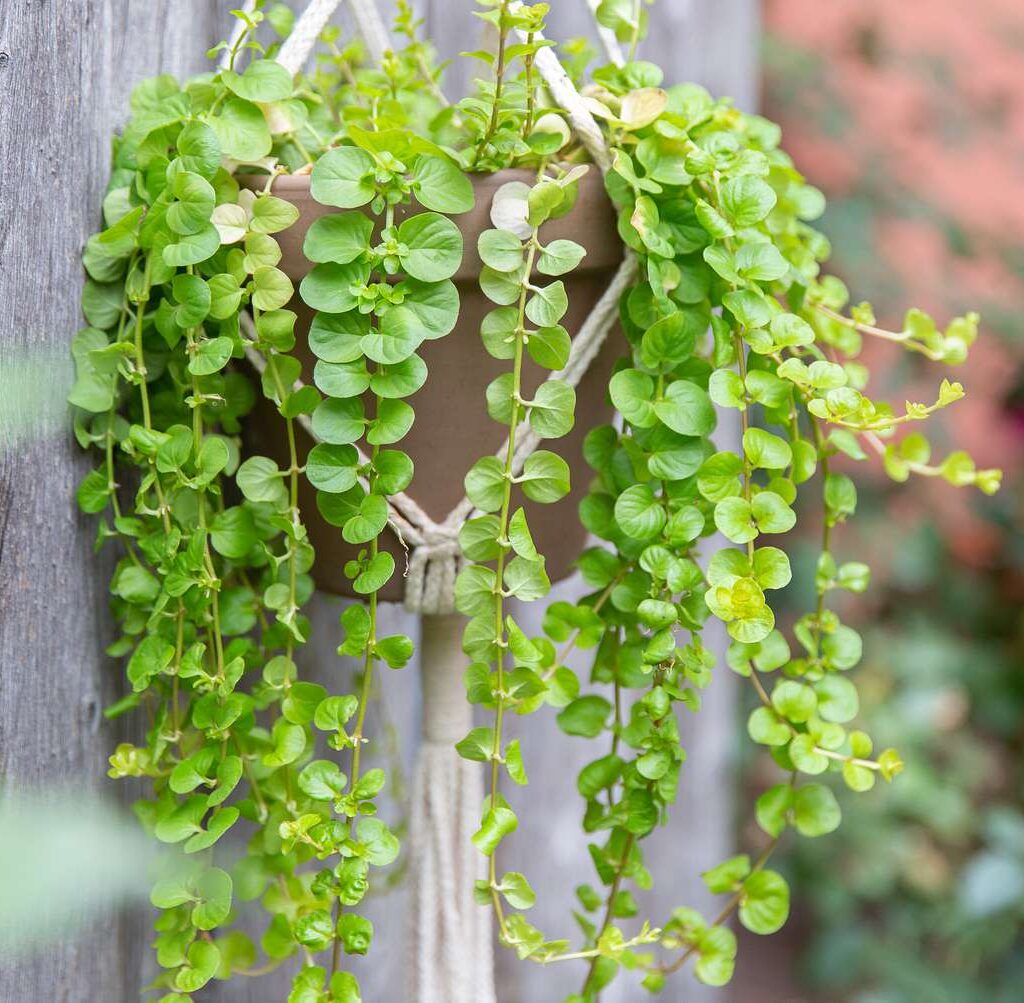
Rather than sticking to a fixed watering schedule, it’s best to check the soil before watering.
1. Finger Test
Insert your finger about 1–2 inches into the soil:
- If the topsoil feels dry, it’s time to water.
- If it feels moist, wait another day.
2. Moisture Meter
Use a moisture meter for more precise readings, especially for container plants.
3. Visual Cues
- Dry, cracked, or pale soil signals the need for watering.
- Consistently dark, soggy soil means you should hold off.
Signs of Overwatering and Underwatering
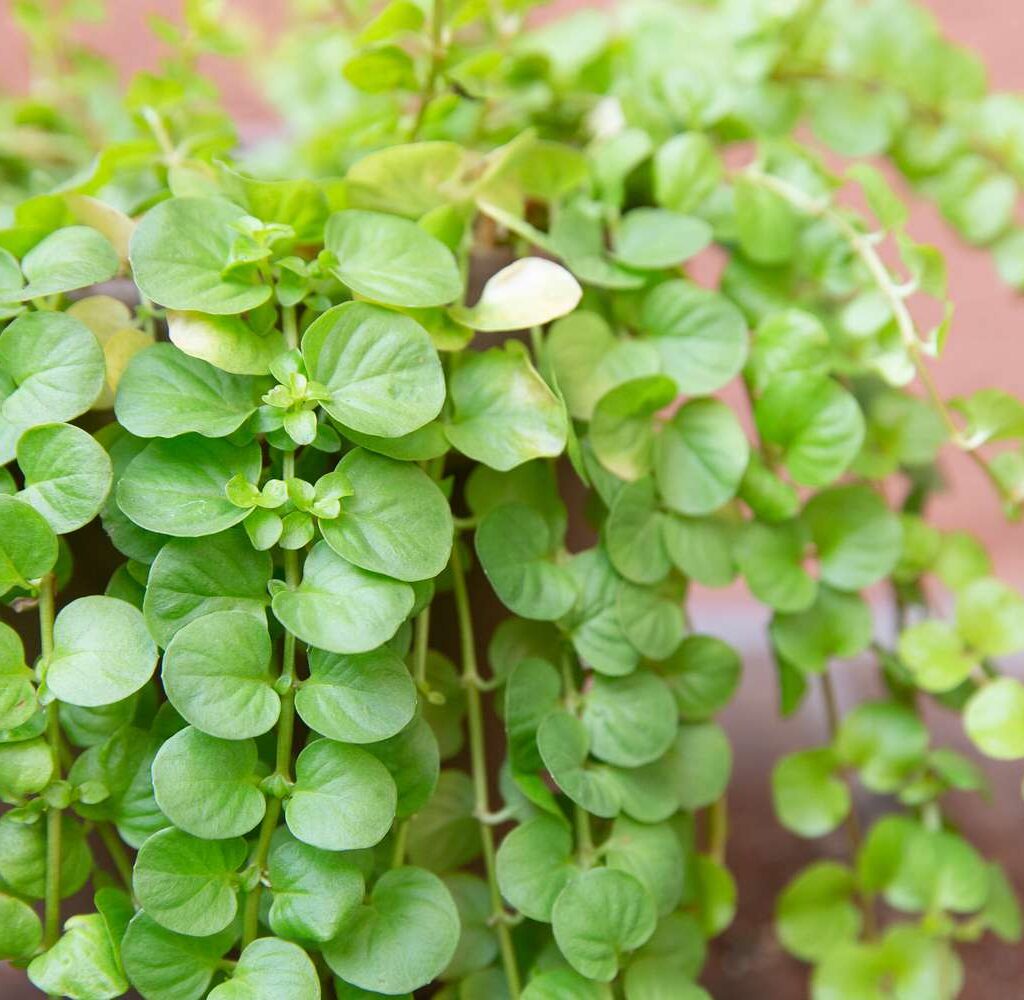
Recognizing the signs of improper watering ensures timely correction.
1. Signs of Overwatering
- Yellowing or wilting leaves despite wet soil
- Mushy, blackened stems or roots
- Fungal growth or a musty odor from the soil
- Leaf drop in severe cases
Solution:
Improve soil drainage, reduce watering frequency, and remove affected plant parts.
2. Signs of Underwatering
- Wilting or curling leaves
- Dry, crispy leaf edges
- Faded foliage color
- Stunted growth
Solution:
Water deeply and consistently, ensuring soil stays evenly moist but not soggy.
Best Watering Techniques for Creeping Jenny
1. Water Deeply and Evenly
Ensure water penetrates the soil thoroughly to reach the roots:
- In garden beds, use a soaker hose or watering can to saturate the soil.
- In containers, water until excess runs out of the drainage holes.
2. Use Room-Temperature, Non-Chlorinated Water
Avoid cold water and tap water heavy in chlorine or fluoride. Prefer:
- Rainwater
- Filtered water
- Tap water left to sit overnight
3. Water in the Morning
Morning watering allows excess moisture to evaporate during the day, reducing the risk of fungal diseases.
Seasonal Watering Guidelines
| Season | Watering Frequency | Additional Tips |
|---|---|---|
| Spring/Summer | Every 2–3 days (or daily in extreme heat) | Increase frequency in full sun and dry conditions |
| Autumn/Winter | Every 5–7 days (or when topsoil feels dry) | Reduce watering, especially during rainy or cold weather |
Common Watering Mistakes to Avoid
- Overwatering in poorly-drained soil leading to root rot.
- Allowing containers to dry out completely in hot weather.
- Watering too little in full sun areas.
- Using compacted, water-retentive soil without proper drainage.
- Neglecting to check soil moisture before watering.
Extra Care Tips for a Healthy Creeping Jenny
- Mulch garden-planted Creeping Jenny to retain moisture and regulate soil temperature.
- Fertilize lightly once a month during spring and summer with a balanced, water-soluble fertilizer.
- Trim leggy or damaged stems to encourage dense, healthy growth.
- Check for fungal diseases in consistently wet conditions and improve air circulation if needed.
- Use well-draining pots with drainage holes for container planting.
Conclusion
Creeping Jenny is a vibrant, fast-spreading ground cover that thrives when given consistent, even moisture. Its tolerance for wet conditions makes it a valuable addition to borders, hanging baskets, water gardens, and damp garden beds.
As a rule of thumb, water Creeping Jenny every 2–3 days during the growing season, and reduce to every 5–7 days in cooler months. Adjust watering based on sunlight, temperature, humidity, and whether the plant is in a container or garden bed. Always check soil moisture before watering and avoid letting the soil completely dry out for extended periods.
By adopting these practical watering techniques and monitoring your plant’s health, you’ll enjoy a lush, cascading Creeping Jenny that brings vivid color and texture to your outdoor or indoor spaces.
